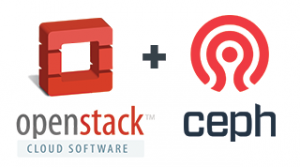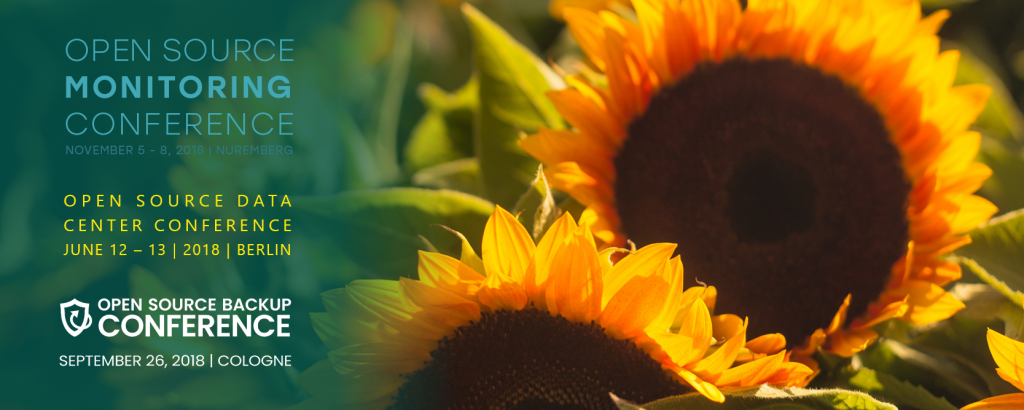Only two more weeks to go until OSDC 2019! Your guide to happiness:
Mark the date. Grab your ticket. And start with getting excited!
To be fully prepared, here is your OSDC to do list:
- Grab your conference ticket – hurry, it’s already the last tickets call!
- Check out the conference agenda and create your very own conference program.
- Sign up for our „2019 Extra“: the free workshop on May 13 with James Shubin.
- See what we have planned for this year’s Dinner & Drinks event – Just this much: it’s getting wet …
- For the ultimate OSDC mood: take a glance at last year’s photos and start dreaming.
Well, there’s a lot for you to do – you better start right away! See you in Berlin!



 With OpenStack it is an ease to provide an object store backed up from your Ceph RadosGW. But getting the usage metrics from Ceph into Ceilometer and Gnocchi is a little bit tricky. At least if you use OpenStack Pike. Following the official
With OpenStack it is an ease to provide an object store backed up from your Ceph RadosGW. But getting the usage metrics from Ceph into Ceilometer and Gnocchi is a little bit tricky. At least if you use OpenStack Pike. Following the official 


















